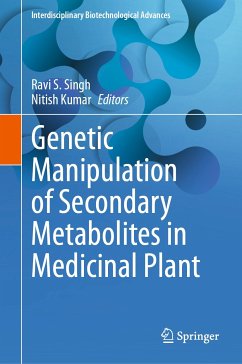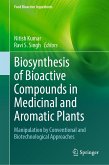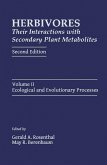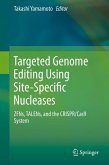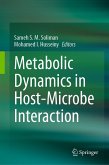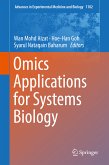This book provides a comprehensive introduction and review of state-of-the-art biotechnological tools in enhancement of bioactive compounds in medicinal and aromatic plants. Plant bioactive compounds are plant-based natural products that display a variety of pharmacological applications. These bioactive compounds are important as medicines, pigments, flavorings and drugs because most of the pharmaceutical industries are highly dependent on medicinal plants and their extraction. The book introduces a systematic overview of state-of-the-art biotechnological techniques such as Omics, Crisper /Cas9 and RNAi to enhance the plant bioactive contents as well as enlists various in vitro techniques, hairy root culture and transgenic technology to enhance plant bioactive contents using plant tissue culture approaches. The book also provides an overview of the role of induced mutation, biotic and abiotic stress to increase the bioactive contents in plants and discusses the significant role of endophytes to enhance the contents of plant bioactive compound. The book also opens discussions related to standard operating procedures using hydroponics system of cultivation for significant enhancement of bioactive compound(s) and much more. This book serves as an excellent reference book for the researchers working in the field of plant secondary metabolites and pharmaceutical industries at global level.
Dieser Download kann aus rechtlichen Gründen nur mit Rechnungsadresse in A, B, BG, CY, CZ, D, DK, EW, E, FIN, F, GR, HR, H, IRL, I, LT, L, LR, M, NL, PL, P, R, S, SLO, SK ausgeliefert werden.

